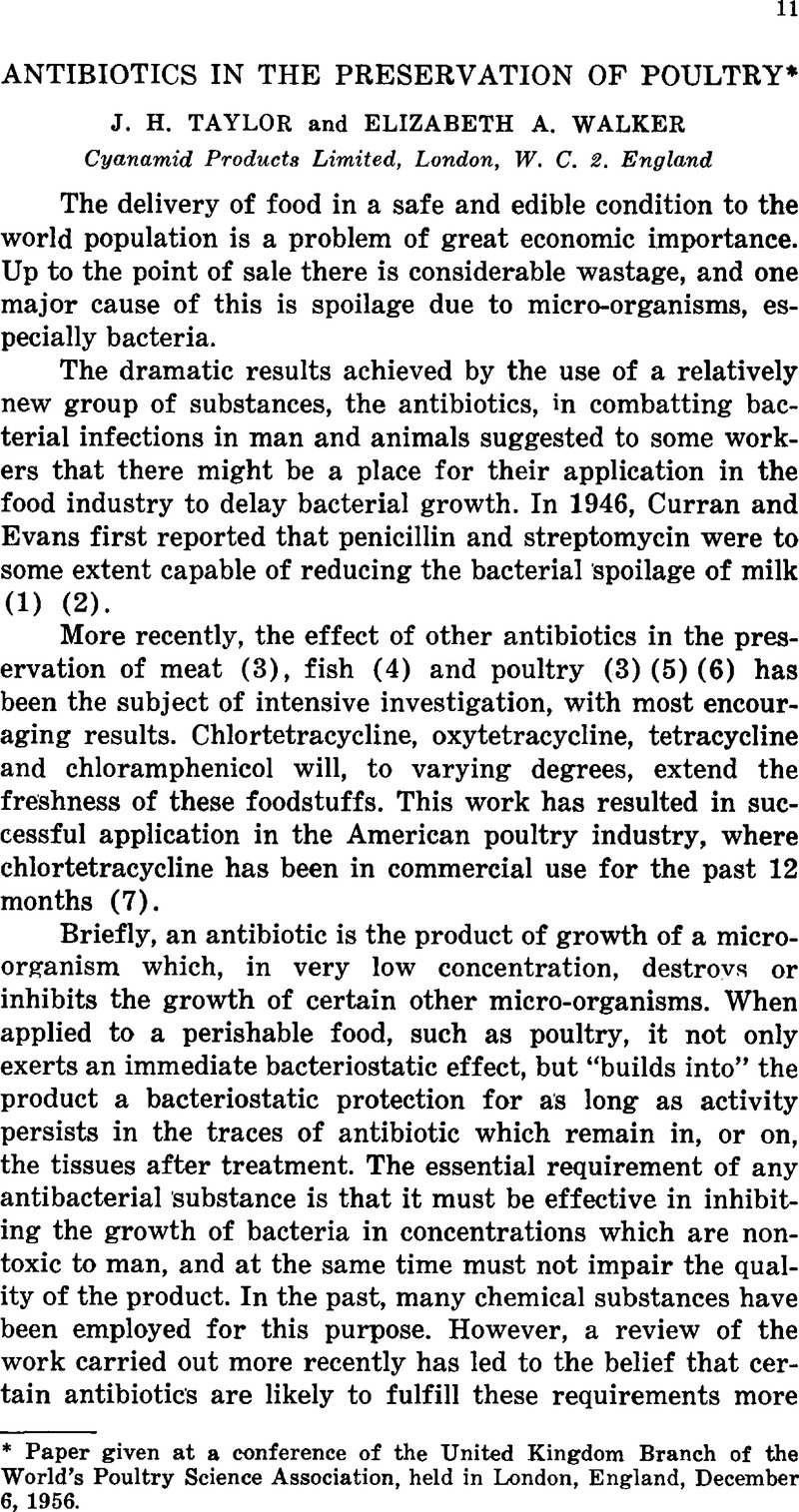Crossref Citations
This article has been cited by the following publications. This list is generated based on data provided by Crossref.
Shrimpton, D. H.
and
Stevens, B. J. H.
1959.
Observations on the use of Ultra Violet Light as a Method of Determining Freshness in Refrigerated Eviscerated Broilers.
World's Poultry Science Journal,
Vol. 15,
Issue. 4,
p.
362.
Parks, Thomas R.
El-Bisi, Hamed M.
and
Esselen, William B.
1960.
Thermal Inactivation of Chlortetracycline in Various Meat Menstrua.
Applied Microbiology,
Vol. 8,
Issue. 5,
p.
305.



